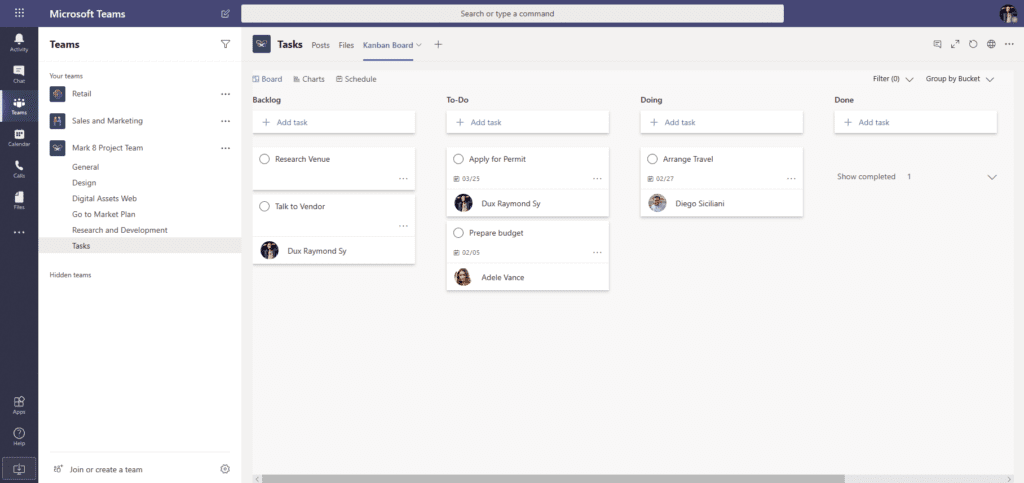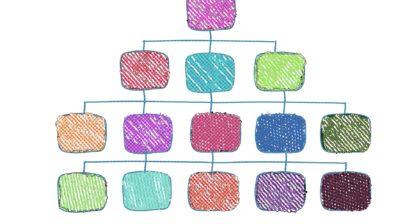In our current, fast-paced world, businesses need to be flexible to stay competitive. It isn’t the best who prevail, but those who can quickly adapt to new requirements.
In IT—especially software development—traditional project management approaches are too rigid and out-of-date. Even if a customer requirement appears straightforward, it is very difficult to estimate a forecast on effort and necessary development time.
What is Agile project management?
Agile project management is an approach with a focus on the finished product and the satisfaction of the customer. Progress is always checked in an iterative process and workflows are adjusted as needed. The project team manages itself in short and regular intervals. This is done with a high level of individual responsibility, so less monitoring is required.
There are different models used in Agile development processes. The best-known are:
- Kanban
- SCRUM
- Extreme Programming (XP)
- Feature Driven Development (FDD)
Kanban Project Management with Office 365
Office 365 provides us a set of various solutions, which help to effectively manage such Agile driven projects. In order to successfully execute a project based on the Kanban model, five different criteria should be considered:
1. Project Initiation
Clear rules and processes should clearly communicate the framework conditions. In addition, all project members should remain flexible for the common goal of satisfying customer requirements.
2. Visualization
The Japanese term Kanban can be translated as “visual” (kan) and “card” (ban). All necessary task information for such a project should be detailed on cards and visualized clearly. Examples of such information are task titles and descriptions, processors, expiration dates, task statuses, dependencies on other tasks, fulfillment criteria, etc.
3. Work in Progress
The distinguishing feature of the Kanban model is the limited number of bottlenecks and maximum scope of tasks and times in a development or planning phase. A team member should only work on a maximum of two tasks at a time in order to be productive. In terms of a precise scope estimate, a process phase should take no longer than one to four weeks. This enables an agile and dynamic response to changing project requirements. Maintaining this model minimizes disruptions and increases quality and on-time delivery.
4. Service Levels
In order to be able to react even more flexibly to changing requirements, a visual categorization and prioritization is recommended. Another task can be added to the WIP phase at short notice, even though the maximum number of tasks (without priority) may already have been assigned. Conversely, if additional tasks are undertaken by employees on their own, other work should be completed before the end of the phase.
5. Management
Based on the core messages of Agile project management, project members should always communicate, evaluate, and adapt their work in an iterative process. Regardless of comments per task, Microsoft Teams creates the optimal platform to align such a project. These five criteria can now be implemented in Office 365 with Microsoft Planner and Microsoft Teams.
Conclusion
There are various software solutions that help to control and monitor projects. These programs support Agile models in various ways. The best-known representative from the Microsoft world is certainly Microsoft Project, or Project Online. These solutions are ideal for large and complex projects, and are well worth their price. However, when it comes to less complicated projects and/or smaller team sizes, the use of Microsoft Planner in combination with Microsoft Teams from the Office 365 platform is optimal.
If you want to learn more about how to accelerate Agile project management with Microsoft Teams and Planner, watch my on-demand webinar on the topic.









